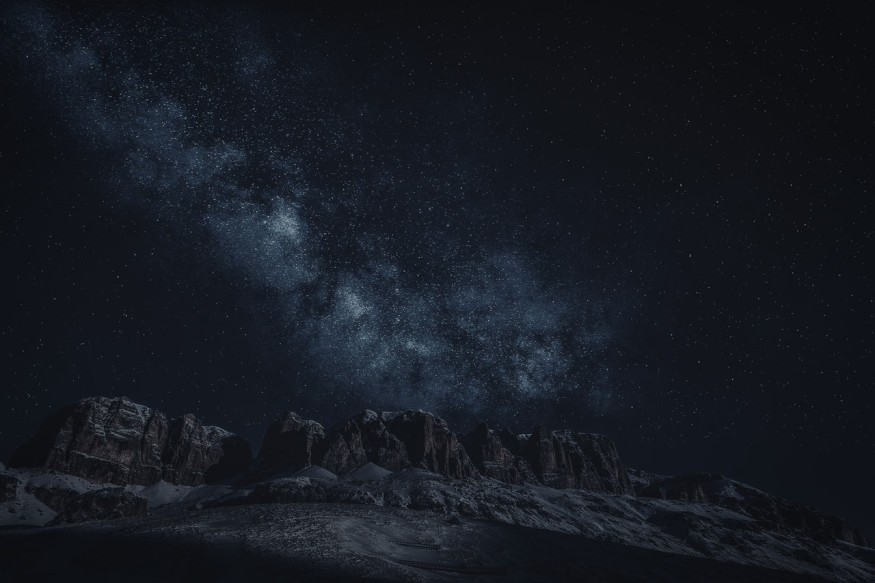
The number of stars in our universe is uncountable, yet we managed to have an estimate of the tiny, bright specks in our universe. Experts will send a space mission to re-confirm the count of the stars, and it may increase due to the extra ones that were missed on the last total of counts. A sounding rocket, which NASA funded, has been chosen to set course on space to add up the number of stars.
CIBER-2 Recounts Total of Stars in Universe

Cosmic Infrared Background Experiment-2, also known as CIBER-2, is the sounding or instrument-carrying rocket that will be used for the stellar mission. CIBER-2 is part of an ongoing series of projects that aims to observe integrated lights across the universe. The CIBER-2's launch is led by Rochester Institute of Technology's assistant physics and astronomy professor Michael Zemcov. The launch of the sounding rocket will be conducted on June 6 at the White Sands Missile Range, located in New Mexico.
100 million observable stars are estimated to exist in our galaxy, showing off their gleaming lights in the dark night sky. This estimate will be a basis for researchers to determine the exact total of the stars in the universe. Phys reports that the average of stars in all of the universe, including the Milky Way galaxy, will make up to one hundred quintillion stars, with a ratio of 10 stars per grain of Earth sand.
CIBER-2 will help to evaluate and find the true figures of the stars, as the highest estimated number of the celestial bodies from the massive universe might not be enough. The quintillion estimate is just stars from inside clusters of galaxies, and researchers are positive in finding other stars in between galactic systems.
The sounding rocket that will be sent to space will carry several scientific equipment for the research. They include the 28-centimeter Cassegrain telescope which will provide extensive spectral resolution through higher wavelength coverage.
The first phase of the CIBER-2 will take place in Earth's atmosphere. It will grab data from a patch of the sky for reference. This patch contains galaxy clusters that will be examined to find cosmic illumination and diffusion better known as extragalactic background light.
ALSO READ : SpaceX Dragon Spacecraft Sends Glow-in-the-Dark Baby Squids to the ISS for NASA Space Experiments
Extragalactic Background Light and Cosmic Infrared Background
Extragalactic background lights or EBL is a background glow of the collective photons produced in the universe over time, said Caltech's professor of physics and lead researcher of initial CIBER missions Jamie Bock. EBL was used in the first CIBER mission to determine the total light from stars through optical to ultraviolet scale.
Another objective is to use cosmic infrared background, also known as CIB, to point out the common types of stars such as M and K dwarfs. The sounding rocket will measure the number of stars not by counting the physical bodies themselves, but by the traces of lights that are emitted by stars in faint galaxies. With the data from light emissions, everything will be included on the count, even the stars that are not included in galaxy groups.
The count from the first CIBER mission paved the way to reorganize the research and give the counting of stars another run. The 2007 initial findings from NASA's Spitzer Space Telescope hinted that there are other stars hiding in plain sight, as it captured more fluctuations in brightness than what the scientists have expected.
This knowledge will be applied by CIBER-2 and mission scientists are hoping to find not only the known stars but ancient galaxies and dying black holes as well. They are also hoping that the count will increase as CIBER-2 "harvest" stars from the cosmos.
RELATED ARTICLE : Solar Wind, Space Weather Poses Threats to Technology? Experts Study Direction of Winds on Sun's Surface
Check out more news and information on Space on Science Times.










